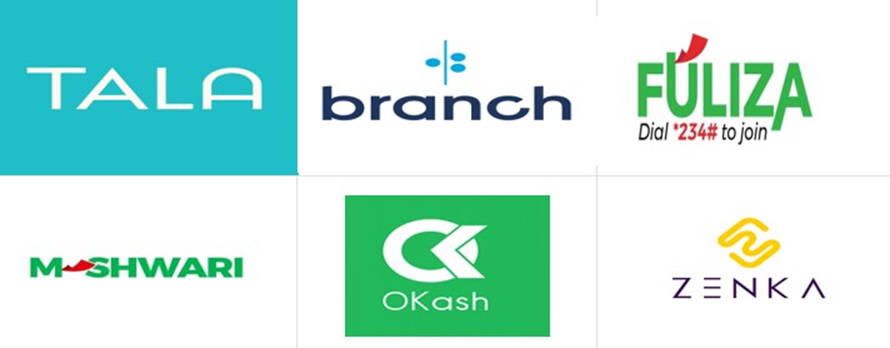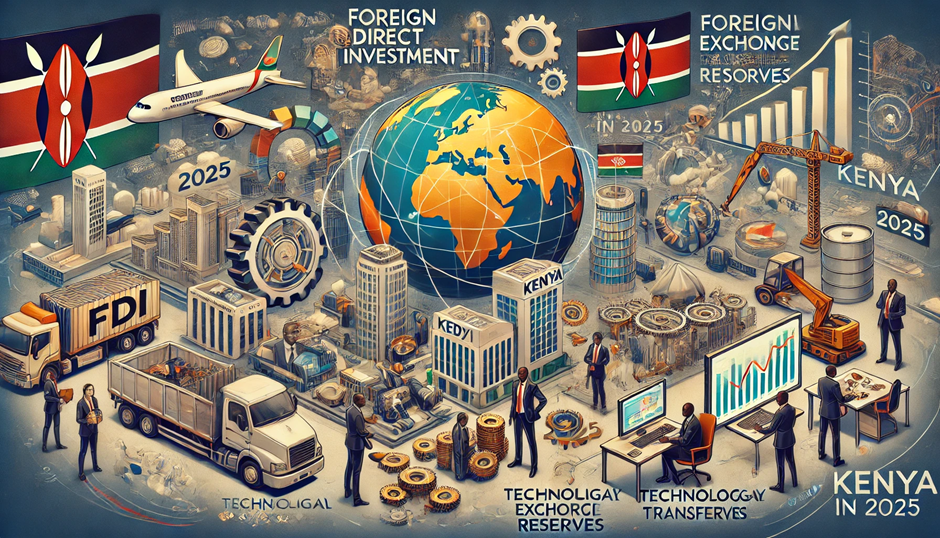
Mobile Loan Apps in Kenya: A Lifeline or a Debt Trap?

Kenya’s financial landscape has undergone a significant transformation with the rapid growth of mobile loan apps. These digital lending platforms, such as Tala, Branch, Fuliza, M-Shwari, Okash, and Zenka, offer instant, collateral-free credit, making them popular among individuals and small businesses in need of quick financial assistance. However, concerns about exorbitant interest rates, aggressive debt collection practices, and data privacy violations have raised a crucial question: Are mobile loan apps empowering Kenyans financially, or are they leading borrowers into a vicious cycle of debt?
The Growth of Mobile Loan Apps in Kenya

Source: Quartz
Kenya is a leader in financial technology (fintech) innovation in Africa, with mobile money services like M-Pesa setting the stage for digital financial inclusion. Mobile loan apps have capitalized on this infrastructure, providing quick access to credit, especially for the unbanked population.
Key Statistics:
- According to the Central Bank of Kenya (CBK) 2024 report, mobile loans constitute 52.79% of all loan accounts in Kenya.
- In Q1 2024 alone, digital lenders disbursed loans worth KES 158.8 billion.
- The Financial Sector Deepening (FSD) Kenya Report 2023 indicates that 40% of Kenyan adults rely on mobile loans for financial emergencies.
This rapid adoption underscores the need for a balanced assessment of whether mobile loans are genuinely beneficial or potentially harmful.
Mobile Loan Apps: A Financial Lifeline?

Source: FlexPay
1. Expanding Financial Inclusion
Kenya has a large population that remains underserved by traditional banks. Mobile loan apps have helped bridge this gap by offering accessible, convenient, and fast loans without requiring bank accounts or credit history.
2. Boosting Entrepreneurship and Small Businesses
Many micro and small enterprises (MSEs) use mobile loans for working capital, inventory purchases, and business expansion. Platforms like M-Shwari and KCB M-Pesa have facilitated business continuity for thousands of informal traders.
3. Emergency Financial Relief
A GeoPoll survey (2024) revealed that 78% of borrowers use mobile loans for urgent needs such as medical bills, school fees, and rent. This accessibility makes digital lending a crucial lifeline during financial crises.
Or a Debt Trap?
1. High-Interest Rates and Hidden Fees

Source: Punch Newspapers
Despite their convenience, mobile loan apps impose steep charges. For example:
- M-Shwari applies a 9% fee per 30-day loan.
- Some lenders charge annualized interest rates exceeding 400%.
- Hidden transaction fees and late repayment penalties can further worsen borrowers’ financial strain.
These high costs often push users into a debt cycle, where they take new loans to repay previous ones.
2. Aggressive Debt Collection Practices
Digital lenders have faced criticism for their harassment tactics, including:
- Persistent calls and messages.
- Public shaming by contacting borrowers’ family, friends, or employers.
- Automatic deductions from mobile wallets.
The Competition Authority of Kenya (CAK) 2024 report found that 77% of borrowers reported excessive penalty charges due to delayed repayment.
3. Data Privacy Violations

Source: Kaspersky
Several digital lenders access borrowers’ personal data, including phone contacts and messages, without consent. In 2021, Google removed multiple loan apps from the Play Store due to privacy breaches, highlighting the need for stringent data protection policies.
Regulations and Consumer Protection Measures
Recognizing the risks associated with unregulated digital lending, the Central Bank of Kenya (CBK) introduced new regulations in September 2024 to safeguard consumers. Key measures include:
- Mandatory licensing for all digital lenders.
- Interest rate caps to prevent excessive charges.
- Prohibition of harassment tactics in debt collection.
- Strict data protection requirements for lenders.
As of 2024, 85 digital lenders have received CBK approval, while many unregulated lenders have been banned.
How to Avoid Falling into the Debt Trap

Source: TrueData
To navigate the mobile lending landscape wisely, borrowers should:
- Read and understand loan terms before borrowing.
- Compare lenders to find reasonable interest rates.
- Borrow only what they can afford to repay.
- Use loans for emergencies, not daily expenses.
- Verify lender licensing through CBK’s official database.
The Future of Mobile Lending in Kenya

Source: i-exceed
With regulatory improvements and increased consumer awareness, the digital lending industry in Kenya is evolving. Future trends may include:
- Lower interest rates and fairer lending practices.
- AI-driven credit scoring for responsible lending.
- Blockchain-based financial solutions for transparency.
If ethical lending standards are upheld, mobile loans can remain a tool for financial empowerment rather than a debt burden.
Conclusion
Mobile loan apps have transformed access to credit in Kenya, providing fast and convenient financing to millions. While they serve as a lifeline for many, the risks of high interest rates, unethical debt collection, and data privacy concerns cannot be ignored.
With the CBK’s regulatory intervention and increased consumer education, mobile lending can be a force for financial inclusion rather than a source of exploitation. The responsibility, however, lies with both borrowers and lenders to ensure loans are used prudently and ethically.
Reference Links
- Central Bank of Kenya – www.centralbank.go.ke
- FSD Kenya Report 2023 – www.fsdkenya.org
- GeoPoll Digital Lending Survey 2024 – www.geopoll.com
- Competition Authority of Kenya – www.cak.go.ke
- Business Daily Africa – www.businessdailyafrica.com








